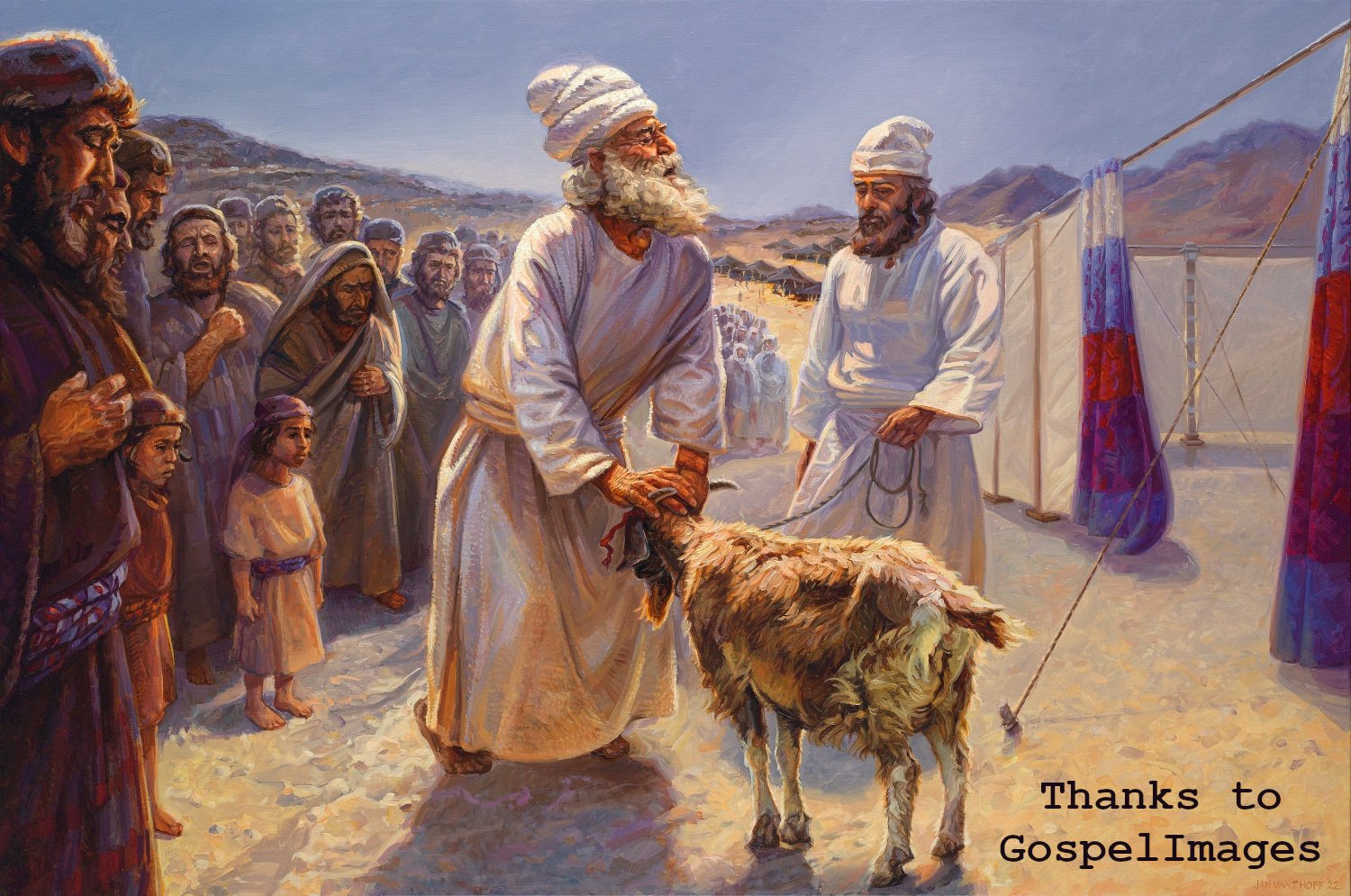
Certain terminology and phrases used by theologians may sound entirely incomprehensible to someone who is not familiar with Christianity, or even to someone who has been a Christian for a long time. Still, getting to know them is beneficial if you want to learn more about the foundations of the Christian religion. “Atonement” is one of these terms. Let’s examine this word’s definition and significance.
A definition
“To atone” is “to provide or serve as reparation or compensation for something bad or unwelcome,” according to the Merriam-Webster dictionary. Additionally, according to this lexicon, “the reconciliation of God and humankind through the sacrificial death of Jesus Christ” is what is meant to be meant by the word “atonement.” This gets us directly to the main points of the biblical teaching. The word “atonement” suggests that there was a wrongdoing between God and humanity that can be made right or made up for by Jesus Christ’s death. Let’s explore this a little more.
The ‘bad’ that happened
God intended for Adam and Eve, the first humans, to be His people and to live in close proximity to Him. Man delighted in being with God. This is seen in a few Psalms, such as:
- “You show me the way of life; joy is abundant in your presence; pleasures endure forever at your right hand.” (Psalm 16:11)
- “Lord, I adore your dwelling place and the place where your glory resides.” (Psalm 26:8)
Nonetheless, we learn how [Adam and Eve defied the Lord God] in Genesis 3. Genesis 3:8 states that “the man and his wife hid themselves from the presence of the Lord God among the trees of the garden” after recognizing the seriousness of their actions. They no longer felt at ease in their Creator’s presence and were filled with humiliation. And with good reason—they no longer satisfied the prerequisites to live on God’s sacred mountain:
Who will live in your tent, O Lord? On your holy hill, who will live? He who talks the truth from his heart, walks morally upright, and does what is right. (Psalm 15:1-2).
Clearly, Adam and Eve had acted improperly. After holding them responsible, God drove them from the Garden of Eden, where they had been residing with Him. They were no longer able to exist before a holy God as a result of their rebellion.
God took the initiative to repair the relationship
God did not entirely forsake Adam and Eve when He took them from His presence. Conversely, He assured that one of their offspring would ultimately defeat Satan, God’s adversary who had seduced Adam and Eve into disobedience. This would pave the way for the return of things to how they were originally intended to be—that is, God and man coexisting. The remainder of the Bible is essentially an account of how God brought this about.
Sacrifices as a means of atonement
Humanity was exiled from God’s presence, but He did not want this situation to continue forever. He chose one nation, the Israelites, to be His special people and said: “I will dwell among the people of Israel and will be their God. And they shall know that I am the Lord their God, who brought them out of the land of Egypt that I might dwell among them. I am the Lord their God” (Exodus 29:45-46). How was this possible? The answer can be found in the books of Exodus and Leviticus. The Lord God ordered the Israelites to build a tabernacle, a holy tent, as His dwelling place (Exodus 25:8-9; 40:34). He also gave detailed prescriptions for sacrifices that would enable people to enter this tabernacle, and so to come into God’s presence.
Here’s a passage from a valuable book by Michael Morales[1]: “The atoning function of sacrifice itself gives meaning to the entire sacrificial system, which serves to atone.” According to Morales (2015), pages 124–125, “Atonement is a means to an end, a means to Israel’s fellowship and communion with YHWH God.” According to Morales, atonement in Scripture has two meanings: it might be a ransom from death or a purification from the defilement of sin.
The need for sinful humans to enter God’s presence was to select a flawless lamb or goat and bring it to the sacred tent. Then, “he shall lay his hand on the head of the burnt offering, and it shall be accepted for him to make atonement for him,” according to Leviticus 1:4. The animal was used as a stand-in to show the people to God in a reconciled and acceptable manner. Please read this article for more details on animal sacrifices.
Jesus as the ultimate sacrifice of atonement
Atonement could not be permanently attained through animal sacrifices. Jesus Christ’s self-sacrificing death offered a lasting answer. Not just for the Israelites, but for everyone. “Since death is the punishment for sin, Christ died willingly in our place to deliver us from the power and penalty of sin and bring us back to God,” states the New City Catechism. He is the only one who can save us from hell and grant us righteousness, sin forgiveness, and eternal life via his substitutionary atoning death.
Our position was donated to be filled by Jesus Christ. In order for us to be atoned for our sins and made right with God, He took upon Himself the sins of humanity. “By the shedding of his blood, God presented Christ as an atoning sacrifice, to be received by faith” (Romans 5:23, NIV). We can “have confidence to enter the holy places by the blood of Jesus” (Hebrews 10:19) if we accept Jesus’ offer by faith. Because Jesus paid the price for the harm we humans caused to our Creator, we are once again able to be in God’s presence. He made peace between God and us.
Restoring your relationship with God is crucial, as failing to do so will mean living an eternity apart from Him. Thus, repeat the Psalm 79:9 petition.
“For the glory of your name, O God of our salvation, help us; deliver us, and forgive our sins, for the sake of your name!”
[1] Michael L. Morales. Who Will Climb the Lord’s Mountain? a biblical interpretation of Leviticus as a book. (Ed., D.A. Carson) Part 37 of New Studies in Biblical Theology. Apollos, Nottingham, 2015.
Thanks to GospelImages for the wonderful painting!





